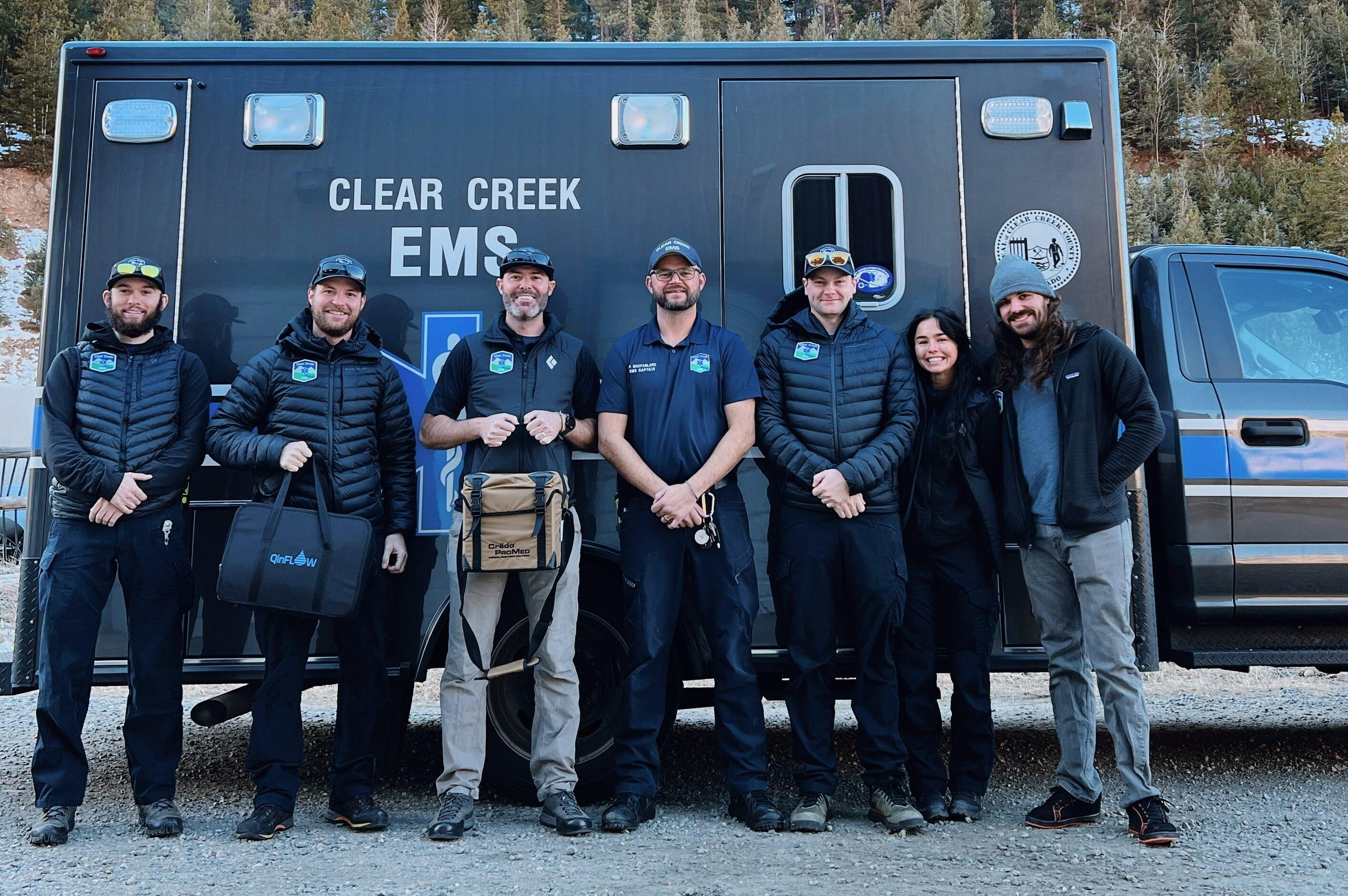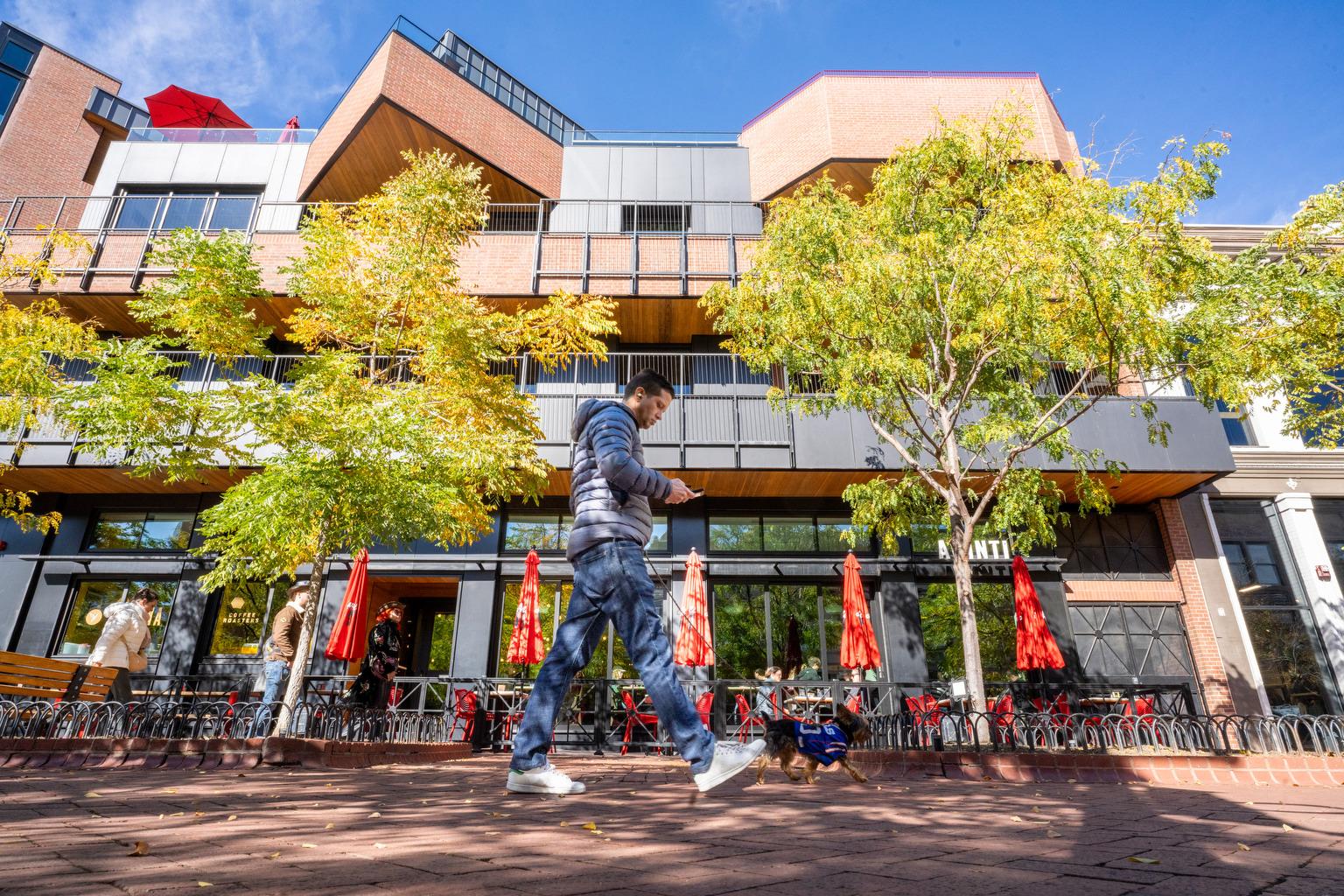
In the tiny mountain town of Somerset, America’s move away from coal isn’t some abstract concept. It’s visible.
“Actually it’s kind of made the view a little nicer to be quite truthful,” said resident Rocky Dutton, as he looks where a large coal silo used to be.
In the two years that Dutton has lived in Somerset, he’s had a front row seat to the coal industry’s decline. In addition to demolished silos, he saw the shuttering of Bowie #2 mine, which laid off about 100 workers. The area was already reeling from the shutdown of Elk Creek Mine in late 2013.
“You can kind of look back over the mountains and stuff now,” Dutton said. “I like it here. I bought this place with the idea that this was my last place.”
Somerset and the North Fork Valley used to be a coal mining powerhouse. In January 2010, 950 coal miners worked here at three mines. In January 2017, there were just 220 workers and one remaining mine: The West Elk, just east of Somerset.
“We’re hopeful that things will pick up for us. But we don’t expect it will go back to the way it was,” said Kathy Welt, an environmental engineer at West Elk Mine.

Regional leaders aren’t waiting to see if the new administration delivers on promises to the coal industry. Instead, they’re seeking to build their own path. It’s a course that involves rebuilding a mainstreet, recruiting new businesses and supercharging a sluggish economy. It’s all in the hopes of rebuilding a hollowed out middle class.
Coal Industry In Decline
Cheap natural gas and declining coal exports hit the industry hard over the last seven years.
“With the, I’ll just call them political issues, with the burning of coal and power plants. We lost all of our long term contracts. All of them,” Welt said.
She now helps restore disturbed and mined land here to make more wildlife habitat. The projects have created one of the best environmental mine records in the state. Safety records are also tops for West Elk. Yet that hasn’t been enough to counter market forces.
In 2014, a large eastern U.S. utility didn’t renew its long-term contracts. In 2016, West Elk’s parent company Arch Coal worked through bankruptcy proceedings.
There has been a bit of good news here. West Elk hired on about 20 additional workers at the end of 2016. Meantime, it continues to fill shorter-term contracts. It’s also looking at expanding, although it won’t be easy. The federal government has cleared the way for West Elk to apply for the proper permits, but the mine faces opposition — and potential lawsuits — from environmental groups like WildEarth Guardians. The environmental group has raised concerns about the building of roads in the nearby wilderness to access coal.
A New Path
West of Somerset, Paonia Mayor Charles Stewart is on a mission to stop the bleeding. His objectives are clear. He wants to keep West Elk Mine open. The second goal is more complicated: Shepard the town through one of the most challenging economic transitions in a generation.

Stewart is hopeful that the bottom has already dropped out for coal. The region can rebuild around the one remaining mine while attracting new residents and new businesses.
Yet there are the philosophical questions that come with rebuilding.
“What do main streets look like in the future when essentially I can get anything I need at a very low price delivered to me within a day or two?” Stewart asked.
The transition will require tremendous flexibility, and new ways of thinking. It’s a characteristic seen in former miners like Scott Burns. After he lost his job when Elk Creek closed, he said he was forced to make a decision: “stay in [mining] and work out of town because of the economic climate” or find another way.
That different path involved a large pay cut for Burns. He went from mine supervisor to custodian at a local school.
“Two years from now I may be do something else. But I always call it the perfect old man job. I’m a retired coal miner moonlighting as a custodian,” Burns joked.
Many miners chose to leave the region in search of coal jobs elsewhere. Miners who stay like Burns face slimmer paychecks. Or they embark on career paths that require more training like solar or broadband installation. These are two economic drivers Delta County leaders hope to supercharge the recovery in the coming years.
This is part 1 of a 2-part series on how Delta County and the North Fork Valley are rebuilding the economy after the coal industry decline.









